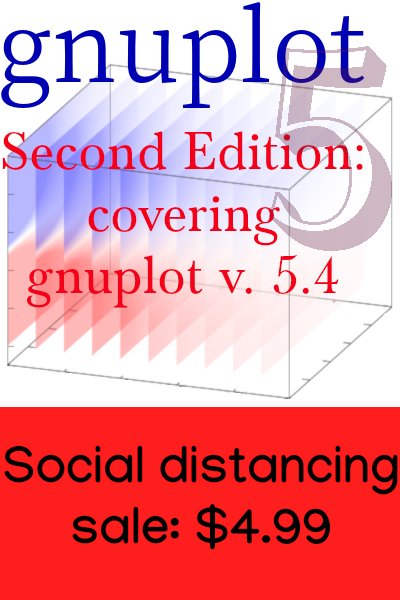About
About Me
I grew up on the 17th floor of a public housing project on the Lower East Side of Manhattan. Its cluster of grimly functional towers scrape elbows with the hulking, utilitarian Manhattan Bridge. The rumble of the (24 hour) “subway” hurtling over the bridge outside our windows created an acoustic background to my childhood that causes most subsequent sonic environments to seem as if they are missing a proper foundation. I frequently catch a glimpse of my first home in the framing shots in all those movies and TV shows set in New York, helicopter-mounted camera caressing the harbor, the bridges, and the lower skyline.
I attended Stuyvesant High School, where I haunted Frank McCourt’s classroom for 2½ years, eventually, I suspect, causing him to question the wisdom of his decision to leave Ireland; then Hampshire College, where I studied physics, mathematics, and music. I picked up the first of these threads at Dartmouth, where I developed an interest in fluid dynamics that led to a PhD in theoretical physics.
After completing a postdoctoral project with Prof. David Montgomery in a region where fluid dynamics and plasma physics intersect, I was hired by the Naval Research Laboratory in Washington, DC, where I worked on various problems for the Navy, NASA, DOE, and other agencies for 22 years. Among these projects were: molecular-scale simulations of shocks and detonations in solids, using massively parallel supercomputers (such as the Connection Machine—a new thing in those days); missile tracking algorithms; simulating turbulence; equation of state of deuterium; laser-plasma interactions; techniques for particle simulation of plasmas; hydrodynamic instabilities at interfaces; and design of laser fusion systems for energy production.
I publish articles about science, the use of free software in scientific research, and, now and then, other things, at various publications and here on this website. I’ve recently finished a book about Emmy Noether and her Theorem with PublicAffairs; you can pick up your copy in September. A while back I gave a talk about that topic at the Universidad Nacional Autónoma de Honduras. In October of 2023 No Starch Press published my book about the best programming language for science, Julia. Here is my book about scientific and technical graphics with gnuplot, and here is an occasionally updated list of my selected publications.
I’ve designed and programmed information systems and websites for nonprofits in support of education and outreach in the arts and sciences, including for example a library, an art gallery, and a planetarium.
I have accounts at various “social media” sites, but I don’t use them much; the best way to get in touch with me is by email: lee@lee-phillips.org.
About This Website
If I were starting this today I would probably think of a more interesting domain name. But I registered this domain and launched this website over 20 years ago, so I’m not about to change it now.
Announcements of new things I’ve been up to, along with random other things I find interesting, are added to a news feed, which is duplicated on the front page and also, in abbreviated form, to my Twitter account; just click on the icons at the top of the page to subscribe. (The news feed uses the Atom format, which is compatible with RSS but without the sociopathic history.)
I respect my readers and therefore do not track or spy on you in any way. You will encounter no doorslams begging you to subscribe to my newsletter. No music will suddenly blare from your speakers. There is no huge file of unnecessary javascript. Each of my pages contains a Share link that exposes a set of bookmarking icons for your convenience, but these are the type that do not contain javascript and do not track you. I’m not required to display one of those dreaded cookie banners, because I don’t spy on you. If you find any value here, you can express your delight in a comment or email, or even contribute to my café fund by clicking the coffee cup up top.
Technical
New content, and old content as I convert it, is in HTML5, served by Apache2 on Debian Linux. The pages and stylesheet validate and should work in any modern browser. However, there is still some ancient stuff here in HTML4 that might be a bit of a mess; I hope to convert all of this before long.
Most of the site is a web of static pages created by a Python program (3000 lines and growing) that processes a collection of notes and articles that I write in Markdown with my own extensions. The amazing Pandoc is central to the system.
The small amount of dynamic content uses the excellent htmx with some pieces of Django served through mod_wsgi.
Acknowledgments
The blue butterfly used as a favicon is derived from this.
I use open-source software exclusively. In preparing this site I make extensive use of Linux, [Neo]Vim, the Gnu tools, ImageMagick, Python, graphviz, rsync, and much more.
New items added to my feed appear within seconds on any pubsubhubbub enabled feed reader, such as Newsblur.


